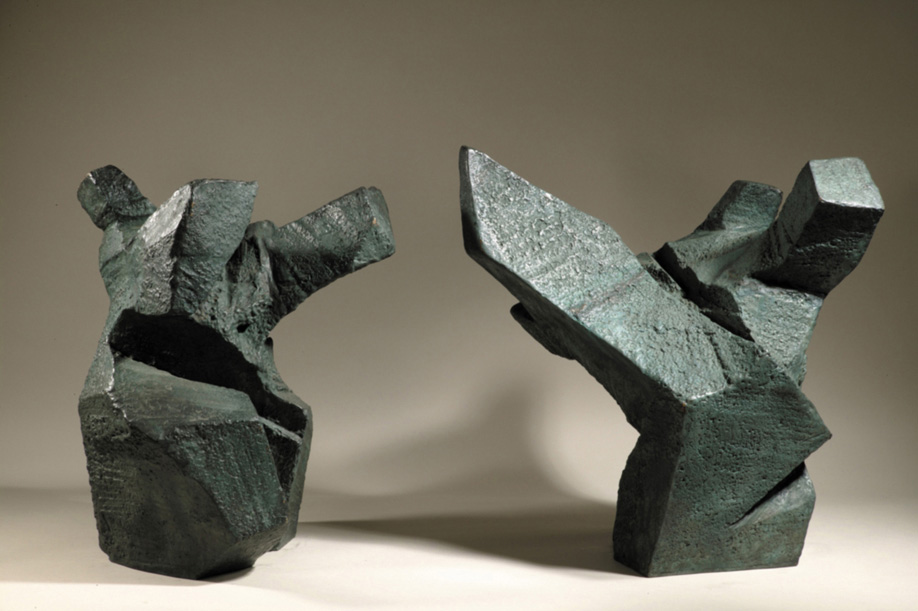|
Taichi Shadow Boxing
|
|
1992 Bronze 45(L) x 41(W) x 56(H) cm (Left) Signed Ju Ming in Chinese and dated 8-10 '92 |
|
Estimate
60,000 - 680,000 17,400 - 19,800
|
|
|
The Taichi Series can be broadly divided into two categories: those of individuals demonstrating their skills and postures, and those that examine the contradictory relationship between counter forces. Taichi involves both activity and quietude, rigidity and fluidity, perception and reality, urgency as well as other evolving elements in dialectic philosophy. To understand the mystery within, is to fathom the wonders of the universe. Art historian Michael Sullivan has commented: 涆aichi is also a form of ritual combat in which two figures actively oppose each other. In Taichi' boxing', the participant moves so that he (more rarely she) extends beyond himself. Know your enemy as well as yourself, wrote the ancient military strategist Sun Zi, and you will be invincible."
According to 1982 reports, a renowned architect of Chinese descent, Y. M. Pei, was invited by the Chinese government to build the Fragrant Hill Hotel in Beijing. He had intended to have Ju Ming's sculpture included in the plan, merging Taichi's Eastern concept with Western architectural blueprint, but the Chinese government objected. In 1989, Pei was invited to design the 70-storey Bank of China building in Hong Kong and he again wanted to use Ju Ming's Taichi sculpture. The Chinese government finally gave in but used budget constraints as an excuse to set back the proposal. Funds were eventually raised through donations from Hong Kong entrepreneurs before the project could be realised. Y. M. Pei and Ju Ming then chose two Taichi sculptures for installation in front of the building's lobby. These two sculptures were depicted as sparring partners and Ju Ming named this work Harmony. According to Pei's autobiography, he wished to remind the Chinese people that since time immemorial, nature and architecture have been concerned with the balance of yin and yang, "The internal and the external are eternally one" and this is the unique message embodied in Ju Ming's works.
Ju Ming made his Taichi duos spar with each other, push each other and form other abstract poses as he explored and re-examined the spatial relationships. He eventually created Taichi Arch, an important abstract work. The master sculptor recently announced that with Taichi Arch, he has completed his work on the Taichi Series and would not be making any more additional works. This resulted in a subsequent surge in demand for works from the Taichi series. Taichi Shadow Boxing especially, has become a much sought-after rare find.
Reference:
Michael Sullivan, The Art of Ju Ming, Ju Ming Taichi Sculptures, (an exhibition catalogue for Ju Ming at South Bank Centre, London, Aug. 13 to Sept. 13, 1991), Hanart T Z Gallery, Hong Kong, 1993, p. 4
